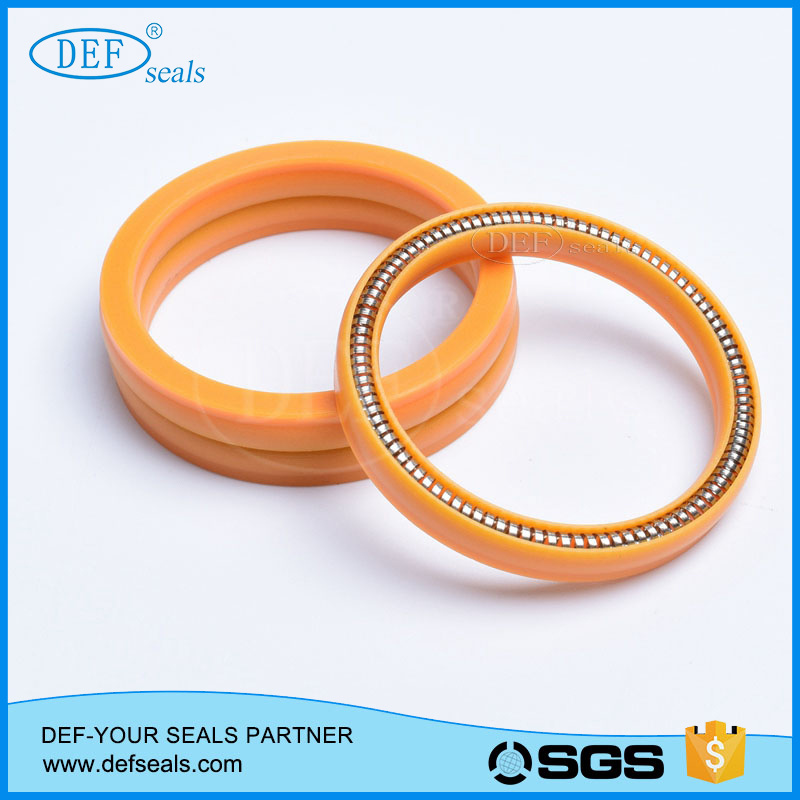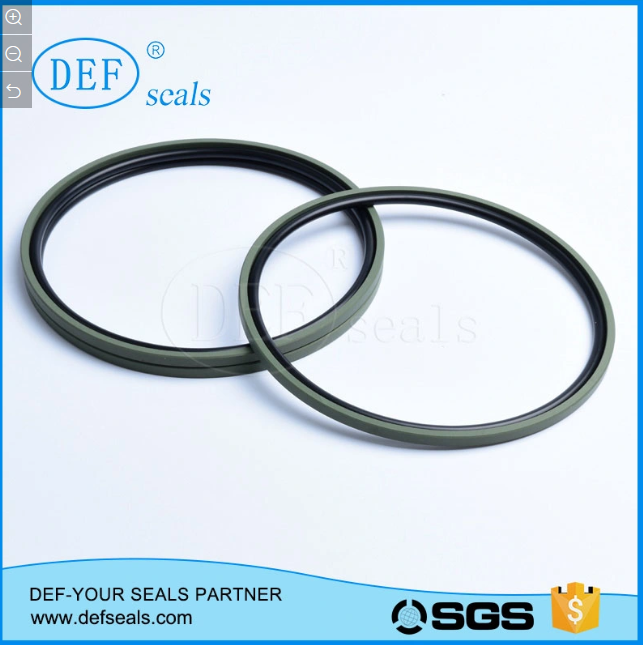6 factors that affect sealing performance that many people are unaware of
2023-07-19
1. Movement speed
When the movement speed is very low (<0.03m/s), it is necessary to consider the smoothness of equipment operation and whether there is a "crawling" phenomenon.When the movement speed is high (>0.8m/s), the lubricating oil film may be damaged, and the oil seal may experience friction and heat due to poor lubrication, resulting in a significant decrease in lifespan.It is recommended that polyurethane or rubber plastic oil seals operate within the speed range of 0.03m/s-0.8m/s, which is more suitable.
2. Temperature
Low temperature can reduce the elasticity of polyurethane or rubber plastic oil seals, causing leakage and even making the entire oil seal hard and brittle.High temperature can cause the volume of the oil seal to expand and soften, causing a rapid increase in frictional resistance and a decrease in pressure resistance during movement. It is recommended to use polyurethane or rubber plastic oil seals with a continuous operating temperature range of -10 ℃ to+80 ℃.
3. Working pressure
The oil seal has a minimum service pressure requirement.Low pressure work requires the use of oil seals with low friction performance and low starting resistance.Under 2.5MPa, polyurethane oil seals are not suitable; When under high pressure, it is necessary to consider the deformation of the oil seal under pressure, and use anti extrusion retaining rings. There are also special requirements for groove processing.In addition, different materials of oil seals have different optimal working pressure ranges. The optimal working pressure range for polyurethane oil seals is 2.5-31.5MPa. The effects of temperature and pressure on sealing performance are interrelated, so comprehensive consideration should be taken. See table:

|
进口聚氨脂PU材料 |
||
|
|
最大工作压力 |
|
|
最大 |
温度范围 |
温度范围 |
|
运动速度 |
-25~+80 |
-25~+110 |
|
0.5m/s |
28MPa |
25MPa |
|
0.15m/s |
40MPa |
35MPa |
4. Working medium
In addition to strictly selecting the working medium according to the manufacturer's recommendations, it is crucial to maintain the cleanliness of the working medium.The aging or pollution of the oil not only causes the components in the system to malfunction, accelerates the aging and wear of the oil seal, but also the dirt inside may scratch or embed the oil seal, causing the seal to fail.Therefore, it is necessary to regularly check the quality and cleanliness of the oil, and replace the oil filter or oil according to the maintenance specifications of the equipment.The residual air in the oil cylinder will be compressed under high pressure, resulting in high temperatures that can cause the oil seal to burn out or even carbonize.To avoid this situation, exhaust treatment should be carried out during the initial operation of the hydraulic system.The hydraulic cylinder should also run at low pressure and slow speed for a few minutes to confirm that the residual air in the oil has been discharged before it can operate normally.
5. Lateral load
Generally, a support ring must be installed on the piston to ensure that the oil cylinder can withstand a large load.The sealing element and the support ring play a completely different role, and the sealing element cannot replace the load of the support ring.Hydraulic cylinders with lateral forces must be equipped with strong load-bearing rings (metal rings can be used during heavy loads) to prevent leakage and abnormal wear caused by the oil seal working under eccentric conditions.
6. Hydraulic impact
There are many factors that can cause hydraulic impact, such as when the excavator bucket suddenly hits a stone, or when the crane lifts or lowers a heavy object.Except for factors, for high-pressure and high-flow hydraulic systems, hydraulic shock can easily occur if the performance of the directional valve is not good when the actuator (hydraulic cylinder or hydraulic motor, etc.) is reversed.The instantaneous high pressure generated by hydraulic impact may be several times the working pressure of the system, and such high pressure can tear the oil seal or partially squeeze it into the gap in an extremely short period of time, causing serious damage.Generally, hydraulic impact cylinders should be equipped with buffer rings and retaining rings on the piston rod. The buffer ring is installed in front of the oil seal to absorb most of the impact pressure, while the retaining ring prevents the oil seal from squeezing into the gap under high pressure and causing the root to be bitten.
To learn more about sealing rings, please contact Guangdong DEF Seals.
News







